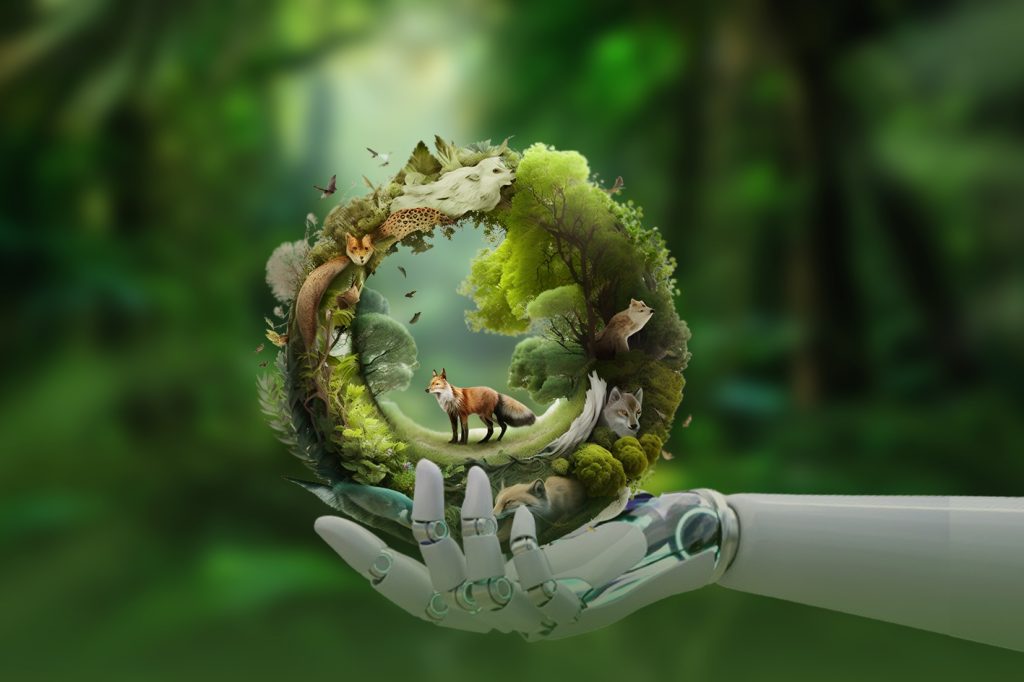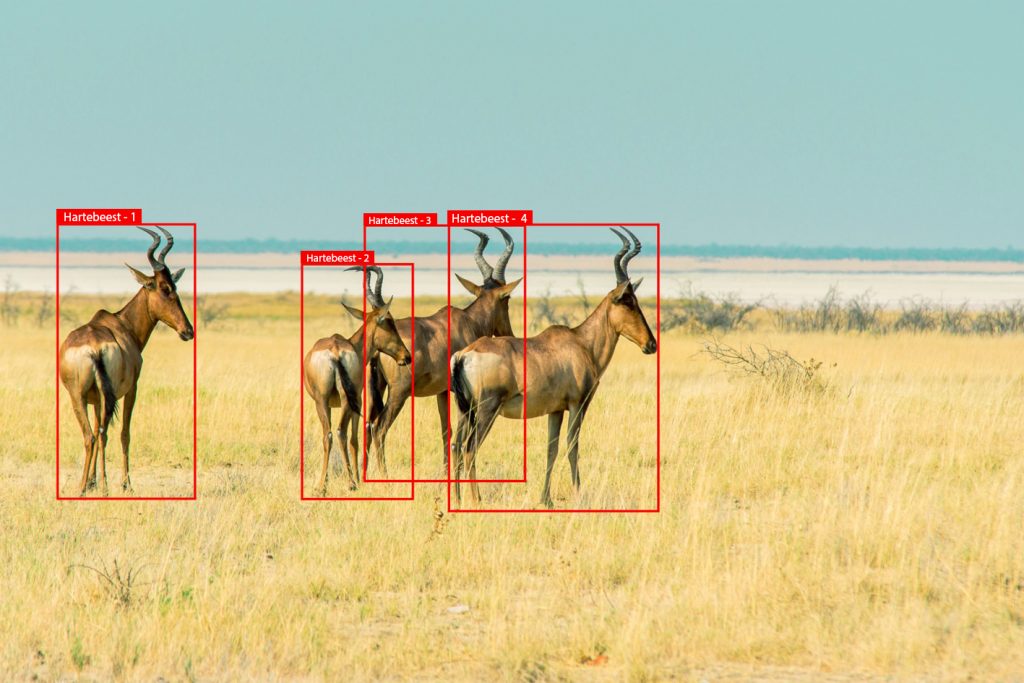
Every species on Earth is important as they play a key role in maintaining the balance of our ecosystem. However, this equilibrium is under threat due to illegal activities. Therefore, in this modern era, it becomes essential to maximize the integration of technology. This is where AI emerges, providing a more efficient and detailed approach to conservation methods.
In this blog, we are going to discuss how we can adapt AI technology to conserve wildlife and how AI is going to change wildlife conservation methods.
Why Should We Apply AI To Wildlife Conservation?
25 native turtle species are in the ‘red zone’ due to poaching.
Over 1,000 whales continue to be hunted annually, defying the worldwide ban on commercial whaling.
There are only 10,000 cheetahs left in the world today, as poachers have been killing them for decades.
An estimated 20,000 elephants are poached each year for their ivory.
The situation is dangerous!
Governments, conservationists, NGOs, and other organizations are actively working to protect our wildlife for the future. However, the manual approach employed in conservation efforts possesses limitations that can further complicate our ecosystem. Traditional conservation methods struggle to effectively address these challenges. In this technological era, we don’t have to worry about this. Thanks to AI, more efficient protection measures and anti-poaching efforts are now possible. Let’s discuss how AI implementations in wildlife aid a balanced ecosystem.
The Applications of AI in Wildlife
Animal Counting and Identification
The government and conservationists have been using various visual capturing devices to monitor wildlife, including satellite cameras, fixed cameras, drones, and more. Every second, millions of images are stored as data on these devices. AI algorithms are capable of analyzing this vast amount of data. They can identify and count animals, as well as determine species that require support to survive. Motherless young animals and unhealthy individuals can be identified through this process. Consequently, conservationists can make informed decisions about species management and protection.
Poaching Detection and Illegal Wildlife Trade Prevention
AI systems are being trained to detect and identify illegal poaching activities using audio and image recognition techniques. These systems can analyze sounds of gunshots, chainsaws, and other human activities. This makes the authorities more alert. These systems are also able to analyse online trade data, special media posts, and shipping records to identify illegal trade in wildlife products. This can help to prevent the killing and illegal trading of endangered species and protect wildlife populations.
Habitat Monitoring and Protection
AI tools can analyze environmental data to monitor changes in habitats, such as deforestation, climate change impacts, or habitat degradation. This information assists conservationists in making informed decisions to protect ecosystems and biodiversity.
The Role of Data Labeling

How can AI be used to prevent animal poaching? How can a tool count the animal population? Many may wonder how AI systems distinguish wild sounds from normal ones. When a machine or tool demonstrates such skills, it’s primarily due to efficient training. For instance, a camera detecting poachers in a vast number of images or identifying unique species requires extensive training with a large dataset. The accurate data labeling process created this dataset.
In wildlife conservation, this data could consist of images, audio recordings, or other types of sensory data collected from various sources. Here are different types of data labeling used to create AI models in wildlife conservation.
Image Data Labeling
To count animals, identify specific species, and perform related tasks, an AI model must undergo training with extensive sets of image data. This process includes outlining distinct elements, such as animals or birds, within the images. Various annotation techniques are used for this purpose, including bounding boxes, polygons, keypoints, and more.
Text Data Labeling
To identify illegal online wildlife trade, AI tools analyze text data from sources such as social media posts and shipping reports. Training an AI model to detect illicit activities within textual content requires a significant amount of training data. Raw data for this purpose can be collected from research papers, wildlife reports, and other sources. This process involves extracting specific words or phrases from diverse textual datasets
Audio Data Labeling
Labeling audio data involves labeling sounds from various sources, including animal calls, environmental noises, and human activities. This technique helps AI systems identify specific animal sounds or detect sounds associated with illegal activities like poaching. By doing audio labeling, AI models can extract sounds of chainsaws, bullets, etc.
Video Data Labeling
An AI tool can track animal movements, study interactions between different species, and identify threats while monitoring wildlife in their natural habitats. To enable a machine to perform these tasks, video labeling is essential. Raw data necessary for this process can be collected from various sources, including surveillance cameras and drones.
Numerous companies offer data labeling outsourcing services across various industries. Creating an efficient AI model for any purpose requires precise and error-free training data.
Why Can’t We Implement AI in the Whole Area of Wildlife?
Implementing AI across the entire scope of wildlife conservation encounters several barriers. One major hurdle is the unavailability and irregularity of wildlife training data. As AI models require vast amounts of training data, this makes it challenging to develop AI models. The second challenge is complexity.
Conservationists and AI researchers can develop a more sustainable future for all species through their collaborative efforts.
Capturing this complexity accurately when developing an AI model is crucial. Additionally, ethical concerns arise when using AI for monitoring and overseeing wildlife populations. It demands a careful balance between conservation activities and the privacy of individual animals. Storing data on remote servers poses a risk of illegal activities through hacking. Therefore, systems must be highly protected against unauthorized access.
Furthermore, technical limitations hinder the ability of AI models to effectively handle unstructured data such as images, sound recordings, and animal behavior observations. Accessibility to advanced technologies remains a challenge, especially in remote areas with poor connectivity or limited technological infrastructure.
Developing more efficient AI models requires consistent research, funding, data resources, and infrastructure. In the field of AI model development, scientists, experts, and others are working hard to find solutions to these challenges. Therefore, in future, we can adopt more efficient AI tools in more areas of wildlife conservation.
Summing Up
AI does not replace the methods of wildlife conservation; rather, it reduces the efforts and struggles of humans in maintaining our planet’s biodiversity. Wildlife is not confined to animal species alone; it is deeply intertwined with human lives. As humans, we acknowledge the responsibility to protect and sustain our ecosystem. The utilization of artificial intelligence (AI) in wildlife conservation is still at an early phase of development. Through collaborative efforts between conservationists and AI researchers, a more sustainable future for all species can be developed. Integrating AI into existing conservation practices requires careful planning, collaboration, and capacity building among conservationists, researchers, and technology experts. Governments and other organizations must invest in AI to develop more efficient systems. Let’s protect our planet for future generations.
While concerns about AI’s potential dangers are understandable, its ability to drive positive change is undeniable. By utilizing its power for initiatives like this, we can pave the way for a more sustainable and equitable future for all.